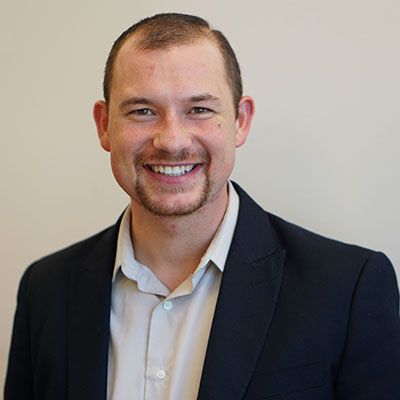Great teaching is at the heart of high-quality personalized learning. Accordingly, one of the best things a school can do to improve the personalized learning experiences of its students is to expand the impact of its highest-performing teachers. Of course, expanding the reach of great teachers is easier said than done–especially when it comes to budget concerns. But a few pioneering schools are strategizing funding for rethinking staffing arrangements and how to organize classes and teaching teams in order to accomplish just that.
Today, in partnership with Public Impact, we’re excited to publish the final four case studies showcasing schools that utilize innovative staffing arrangements in conjunction with blended learning to further support educators and amplify the impact of their teachers.
The first set of case studies was released March 14.
1. Salary supplements for reaching more students
In Cabarrus County, N.C., Lori Treiber and Scott Nolt are blended-learning teachers at Central Cabarrus High School and Jay M. Robinson High School, respectively, in the Cabarrus County School District. Each uses a mix of in-person teaching and online learning<—either at home or school—to reach twice as many students within a specific class period as they would otherwise. Both teachers focus their in-person time with students on small-group and individual work, allowing them to personalize instruction and give students more choice and control over their learning. They receive salary supplements for reaching more students that are funded solely through each school’s regular budgets. Their roles were designed under the national Opportunity Culture initiative.
2. Multiple roles with public funding
CICS West Belden is a K–8 charter school that is part of the Chicago International Charter School network managed by Distinctive Schools, which aims to serve students in underserved communities. The school focuses on ensuring that all students receive consistent, high-quality instruction and have strong, caring relationships with multiple adults at school through a combination of small-group instruction, online learning, and four main teaching roles: instructional coach, mentor teacher, career teacher, and resident teacher. Funding for these roles comes mostly through the school’s state and federal funding, plus some grants.
3. Team teaching and coaching
Intrinsic Schools provides personalized instruction using a combination of online learning and team teaching in math and English. The Chicago charter school’s staffing arrangement aims to give students personalized instruction and supportive relationships from multiple adults, while fostering teacher development through co-teaching. Intrinsic teachers also receive formal and informal coaching and mentorship from other teachers or administrators. Intrinsic pays its staff within its state-allocated budget, and uses grants to fund new building construction, extra professional development, and student field trips.
4. Higher pay for multi-classroom leaders
Ranson IB Middle School, an Opportunity Culture and International Baccalaureate school in the Project L.I.F.T. zone of Charlotte-Mecklenburg Schools, provides personalized instruction using a combination of multi-classroom leaders, small-group teaching, online learning, and a focus on in-the-moment instructional adjustments according to each student’s needs. Multi-classroom leaders (MCLs) extend the reach of their excellent teaching to more students by leading small teaching teams. MCLs at Ranson write the lesson plans for their teams, co-teach and model lessons, pull out small student groups, observe and coach their team teachers, and lead data analysis for instructional and grouping adjustments. Ranson provides higher pay for multi-classroom leaders solely through reallocations of its budget.
We hope that these case studies can help other schools think differently about how they support their teachers and amplify the impact of their highest performers. For a more detailed analysis of our findings, make sure to keep an eye out for our research paper coming out in May.



